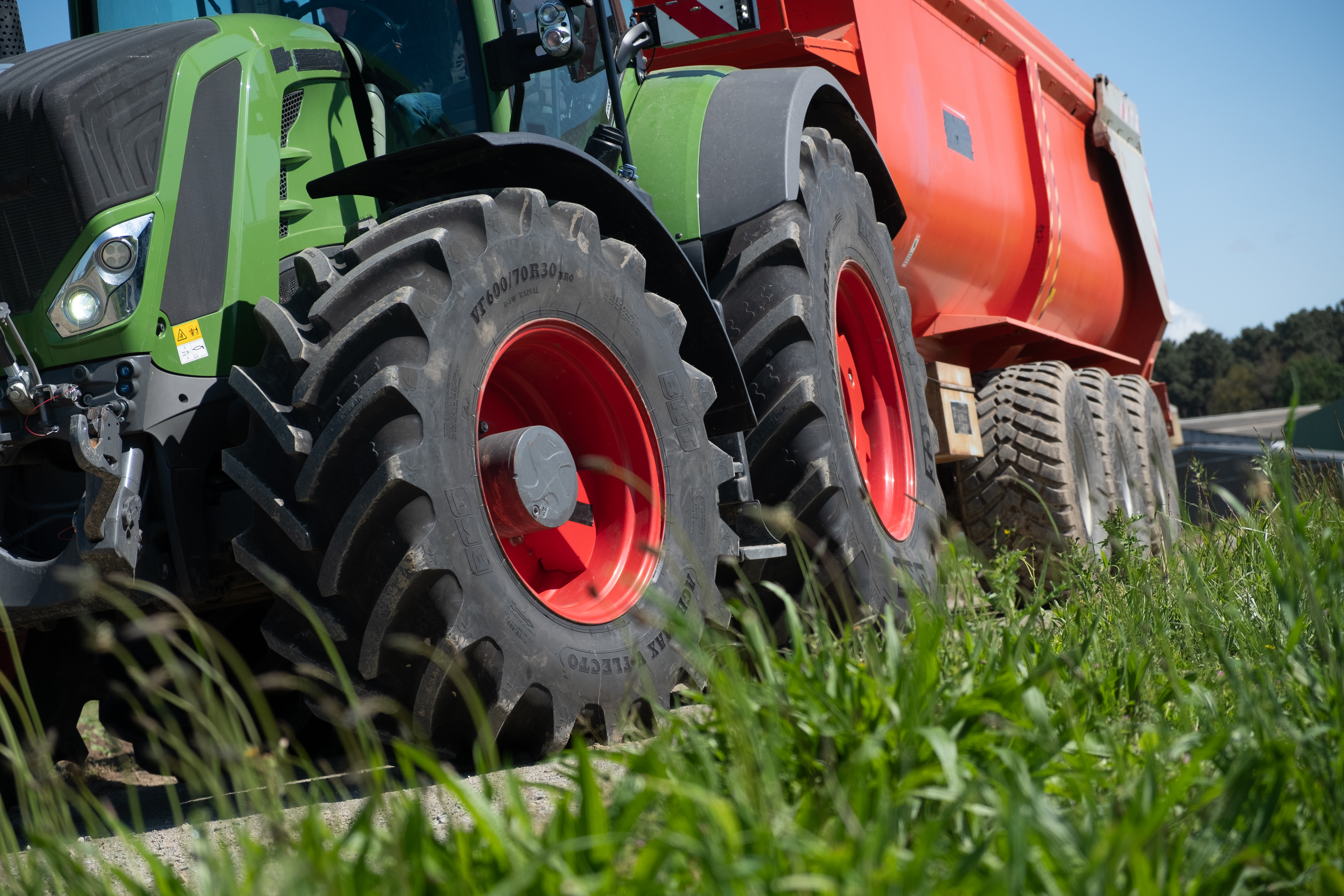
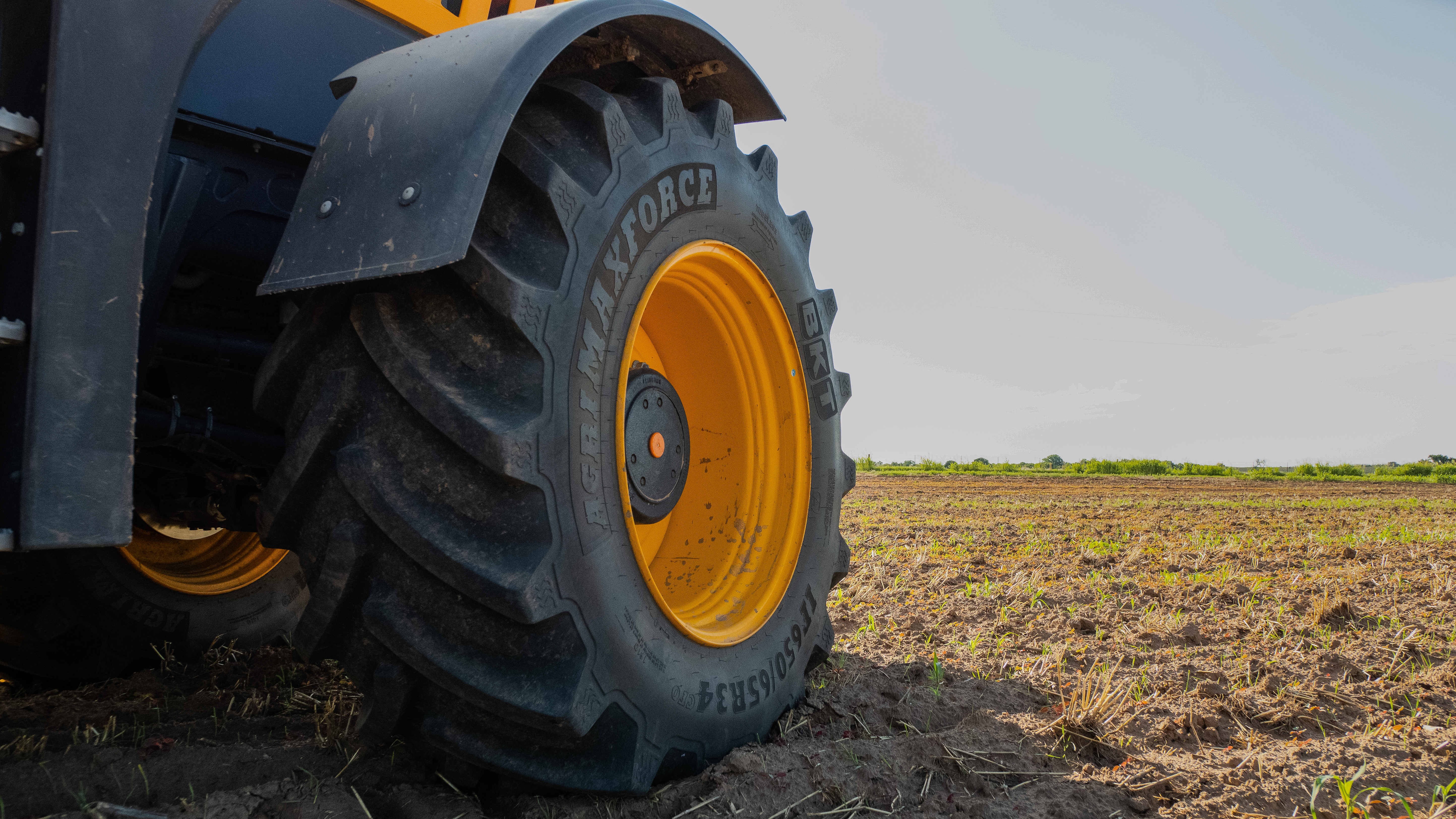
Research simulations clearly show a gradual loss of porosity in intensively farmed soils, making it harder for roots to push through and develop properly. Plants struggle to grow deep and strong root systems, which compromises their ability to access water and nutrients. This has been identified as a key factor behind the yield stagnation seen across many parts of Europe since the 1990s. Soil compaction also interferes with the natural water cycle. With less water being stored in the soil, more of it runs off the surface, raising the likelihood of flooding and increasing the intensity of such events when they do occur. At the same time, during dry periods, the soil’s reduced ability to hold water worsens drought conditions, putting further stress on crops and lowering productivity.
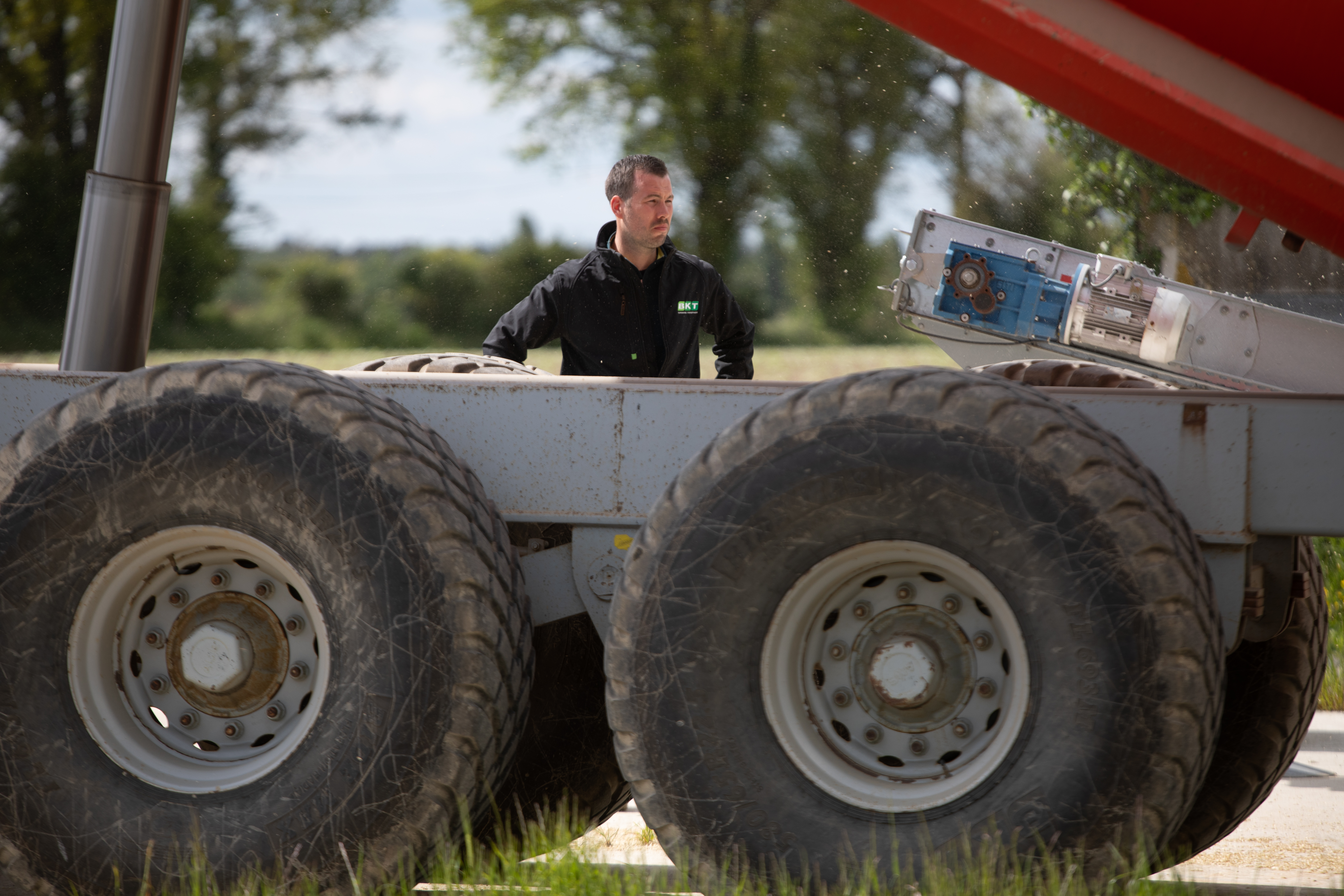
.jpeg)
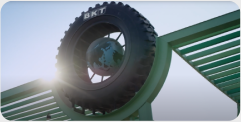



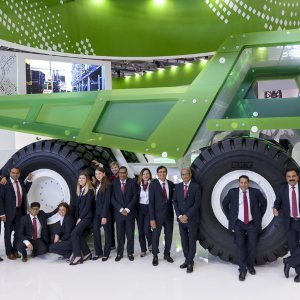

.jpg)